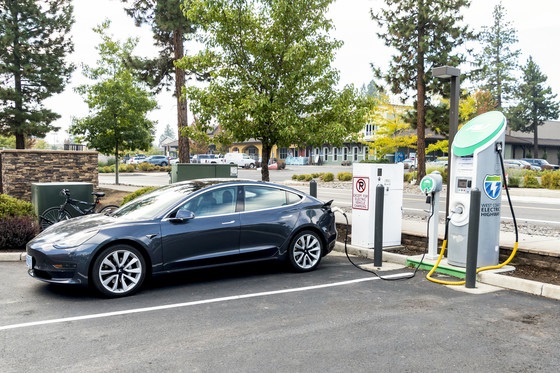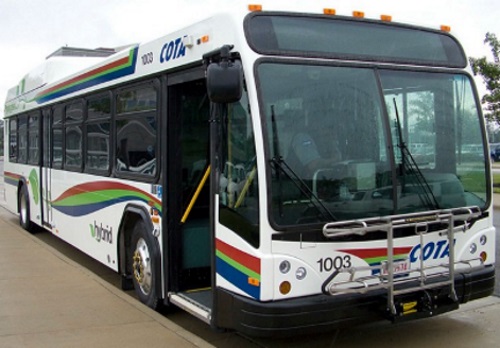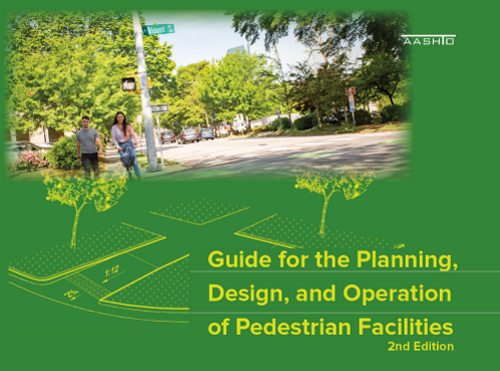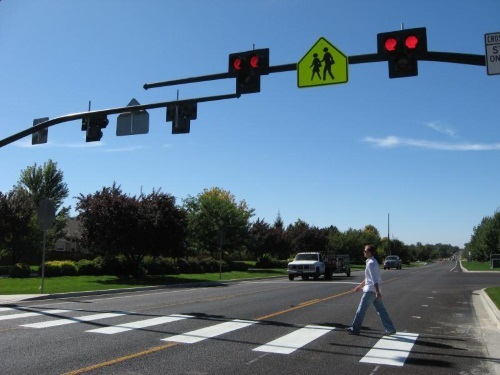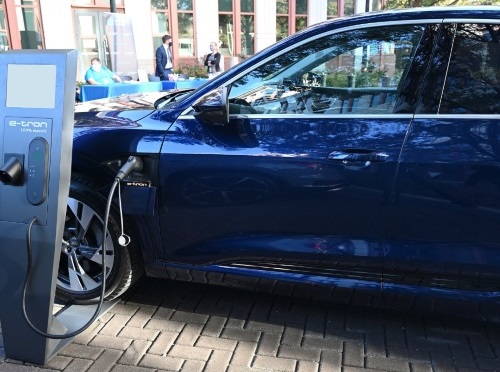The Maryland Transit Administration or MTA – a division of the Maryland Department of Transportation – launched a “transition plan” in December 2021 to move its transit fleet to zero-emission bus or ZEB models as older diesel-fueled and hybrid buses reach the end of their useful life.
[Above photo by the MTA]
MTA said in a statement that this “incremental” ZEB transition process includes bus facility updates as well and is designed to meet the requirements of Maryland’s new Zero-Emission Bus Transition Act, which mandates all new buses procured for the state’s transit fleet be emission-free beginning in 2023.
The agency plans to launch its first ZEB pilot program in 2023, when seven new battery-electric 40-foot and 60-foot articulated buses arrive at its Kirk Division, with that division’s facility expected to become a 100 percent electric bus facility by the end of 2026. The Northwest Division, which will begin a retrofit in early 2025, will highlight the second phase of the ZEB program with electric buses arriving in 2026.
Meanwhile, MTA said its Eastern Division expects to start the reconstruction of its bus facility in 2026, which will be one of the few purpose-built zero-emission bus facilities in the U.S., and should start hosting ZEBs starting in 2028. Finally, beginning in 2030, MTA’s Bush Division will undergo similar ZEB infrastructure investments.
Purchase of the new buses for this pilot program and the infrastructure for charging them will utilize grant funding from the Low or No Emission Vehicle Program from the Federal Transit Administration, and the Volkswagen Settlement.
Per targets identified in the Central Maryland Regional Transit Plan and guided by the Greenhouse Gas Emissions Reduction Act Plan by the Maryland Department of the Environment, MTA has established several overall goals in undertaking the transition to a ZEB fleet. The agency has committed to converting 50 percent of its bus fleet to zero-emission by 2030 while seamlessly providing reliable, efficient service throughout the transition and beyond.


